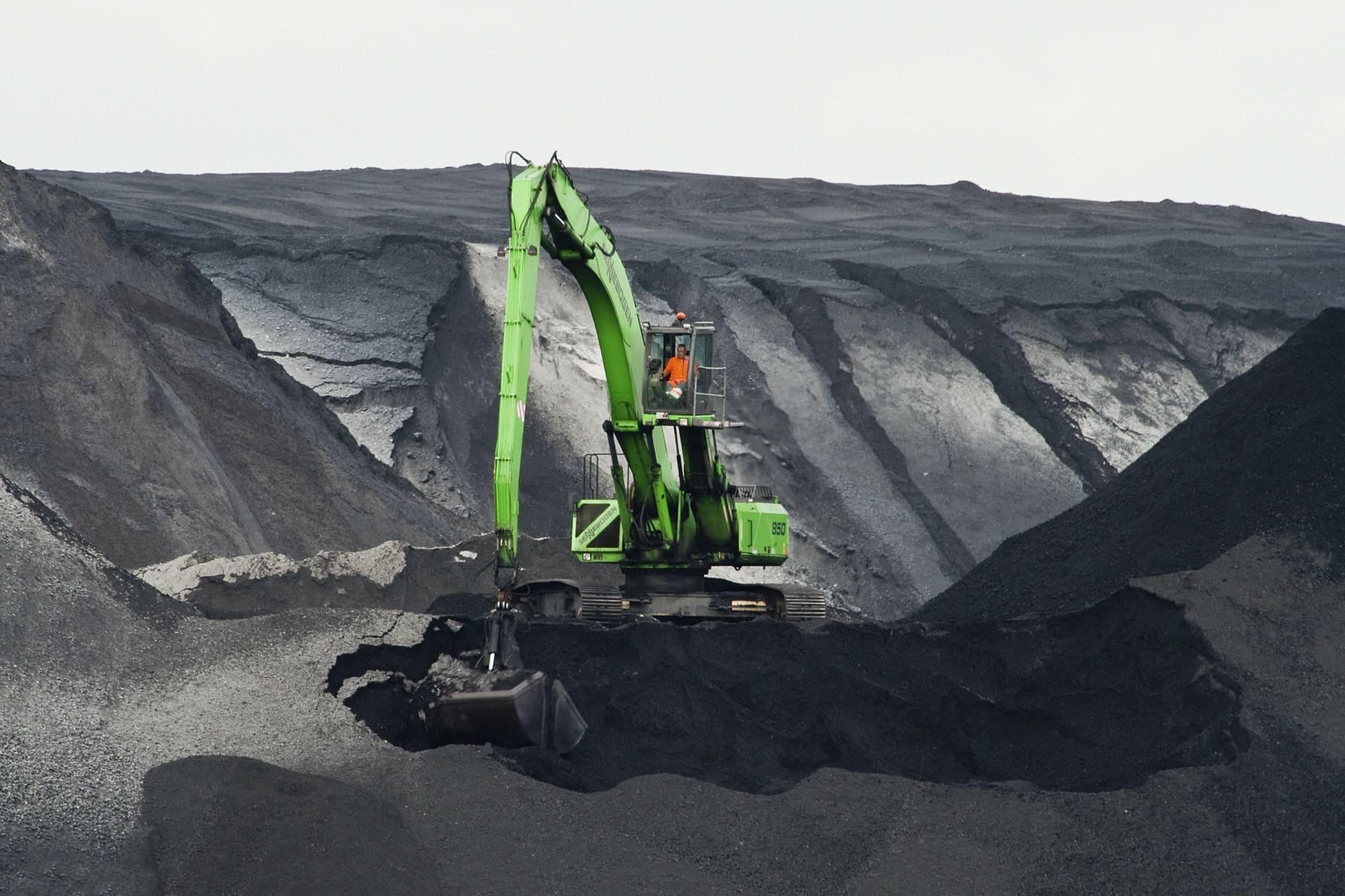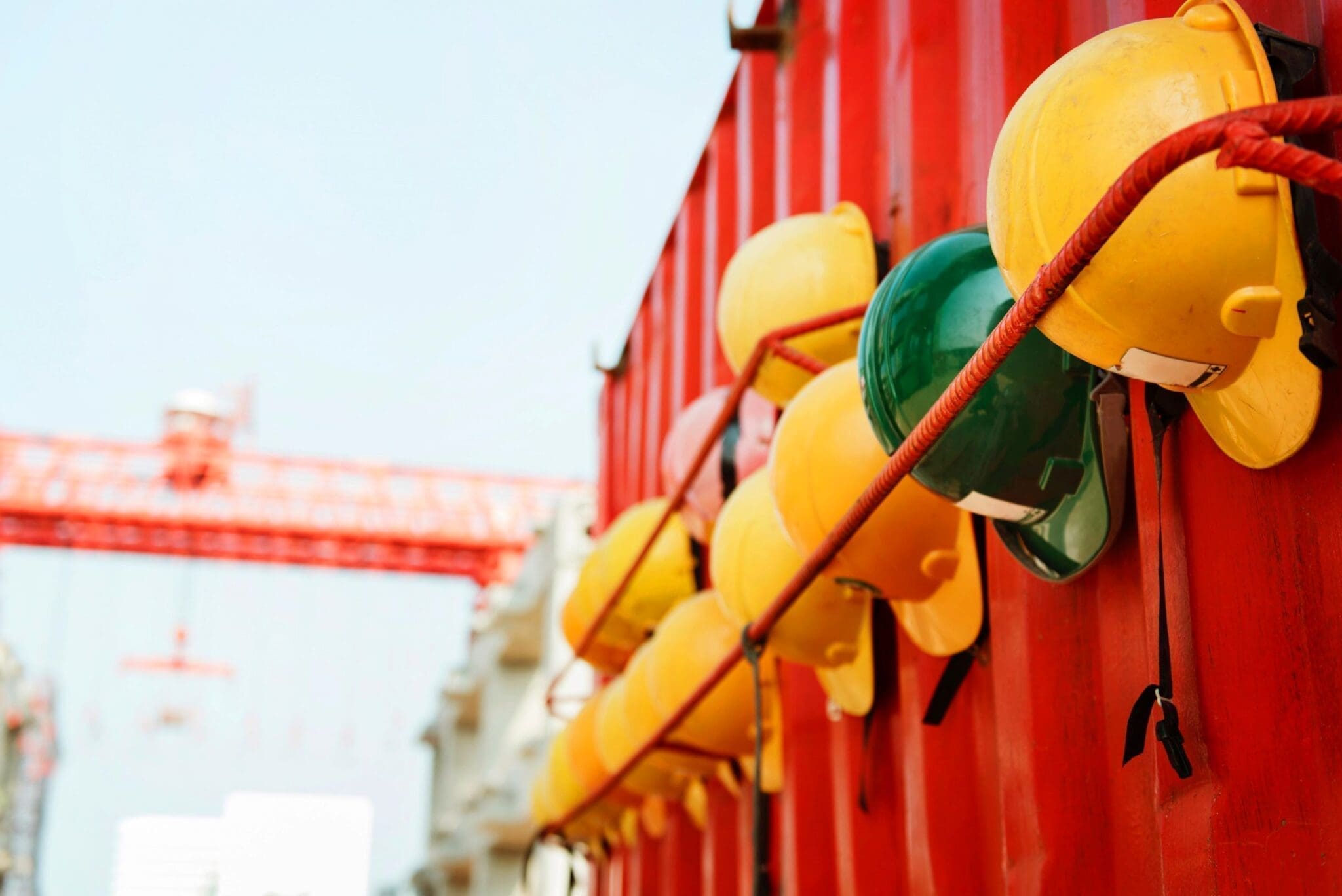By Rhiarn Warner
Community Manager – BuildingConfidence
In June 2018 the UK faced widespread shortages of beer, soft drinks and meat as the nation felt the ill effects of a carbon dioxide shortage. The problem arose due to a supply chain issue where numerous mainland European fertiliser plants closed down for routine maintenance. In the UK, only two of five plants that supply CO2 were operating.
At its worst, the crisis saw JD Wetherspoon’s pubs run out of some beers, Coca-Cola stopped various production lines and Ocado, the online retailer, faced problems delivering frozen foods due to a shortage of dry ice, the solid form of CO2, used to chill its vans.
There were also concerns from The British Poultry Council which warned of a situation that “could quickly become critical”.
The issue has since died down somewhat, but it is still reaching the headlines in the UK, with The Independent reporting on Sainsbury’s and Co-Op stores demonstrating low stock of items such as sparkling water.
Looking back, the issue could have been resolved with robust procurement management.
My advice, no matter your sector, comes in three parts.
1) Build your understanding of your suppliers – know the weak links in the chain.
If you have a meticulous understanding of every tier of your supply chain, this will help you understand what impact a shortage or outage by one supplier can have on overall production. Supply Chain Mapping ensures that high standards apply not just to the top tier of suppliers, but throughout the chain – confirming standards can be upheld and weaknesses identified before they become an issue of reputational risk.
2) Build a picture of market conditions, industry insights, anticipated exceptional events and expected productivity to pre-empt advanced action.
The CO2 shortage is as a result of a perfect storm. CO2 is made as an off product from the creation of ammonia by fertiliser companies. Peak consumption for fertiliser is the winter, and chemical companies traditionally scale back production as summer approaches. The current low price for ammonia provides little incentive for producers to restart ammonia (and thus CO2) production quickly, which in turn means that supply is at an all time low. This lack of supply comes up against an increase in demand driven by higher food and drink consumption because of the hot weather and the World Cup – particularly in carbonated drinks that require CO2 as part of the brewing process.
3) Have access to a broad range of assured alternative suppliers to re-source key ingredients or products at short notice without compromising quality or reputation.
This is particularly valuable, and where we can play a vital role when access to a product is less straightforward . We combine business intelligence with vast amounts of validated data to build a complete picture of suppliers’ operations, their exposure to risk and what that means for buyers. Each industry-specific prequalification questionnaires captures all the essential details to help buyers make an informed decision when sourcing and selecting.
With more than 175,000 suppliers across 10 industries globally, we help buyers to find the right suppliers, manage their relationships and enjoy increased levels of visibility and control over their entire supply chain.
Rhiarn provided further insight on the topic in an interview with Supply Management, “CO2 shortage impacts supply”.


